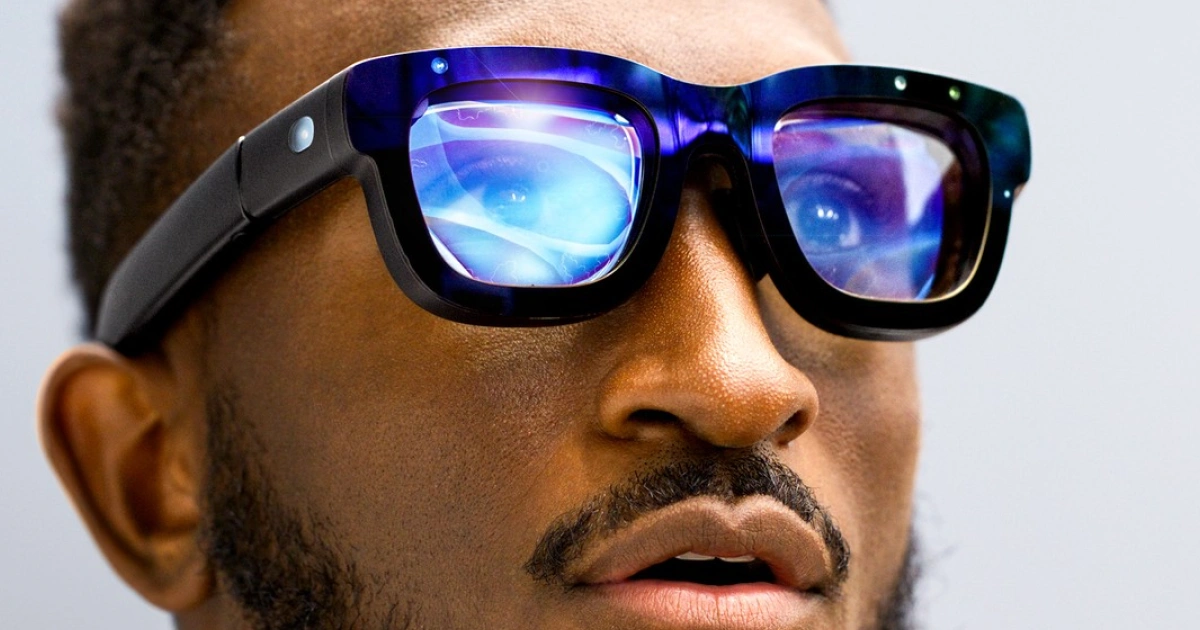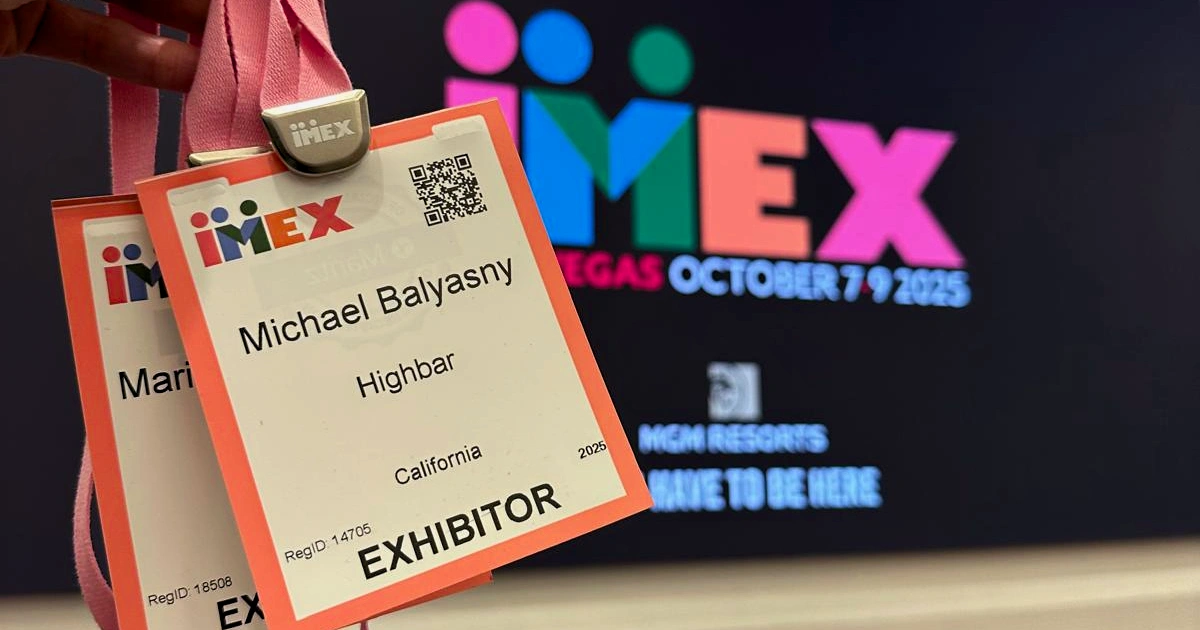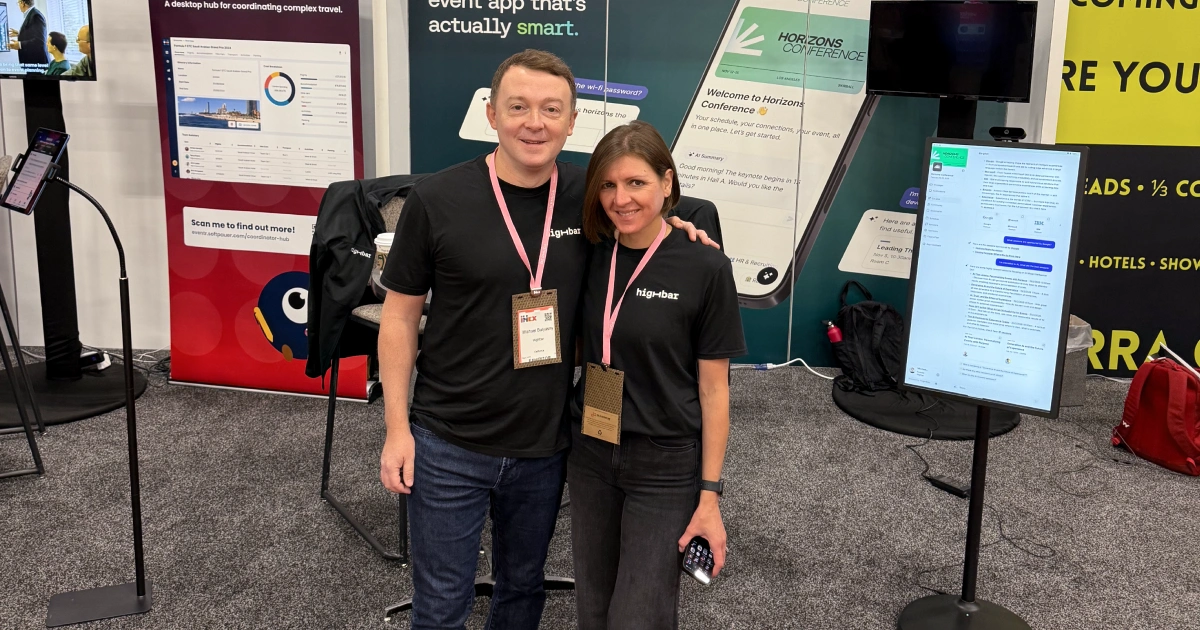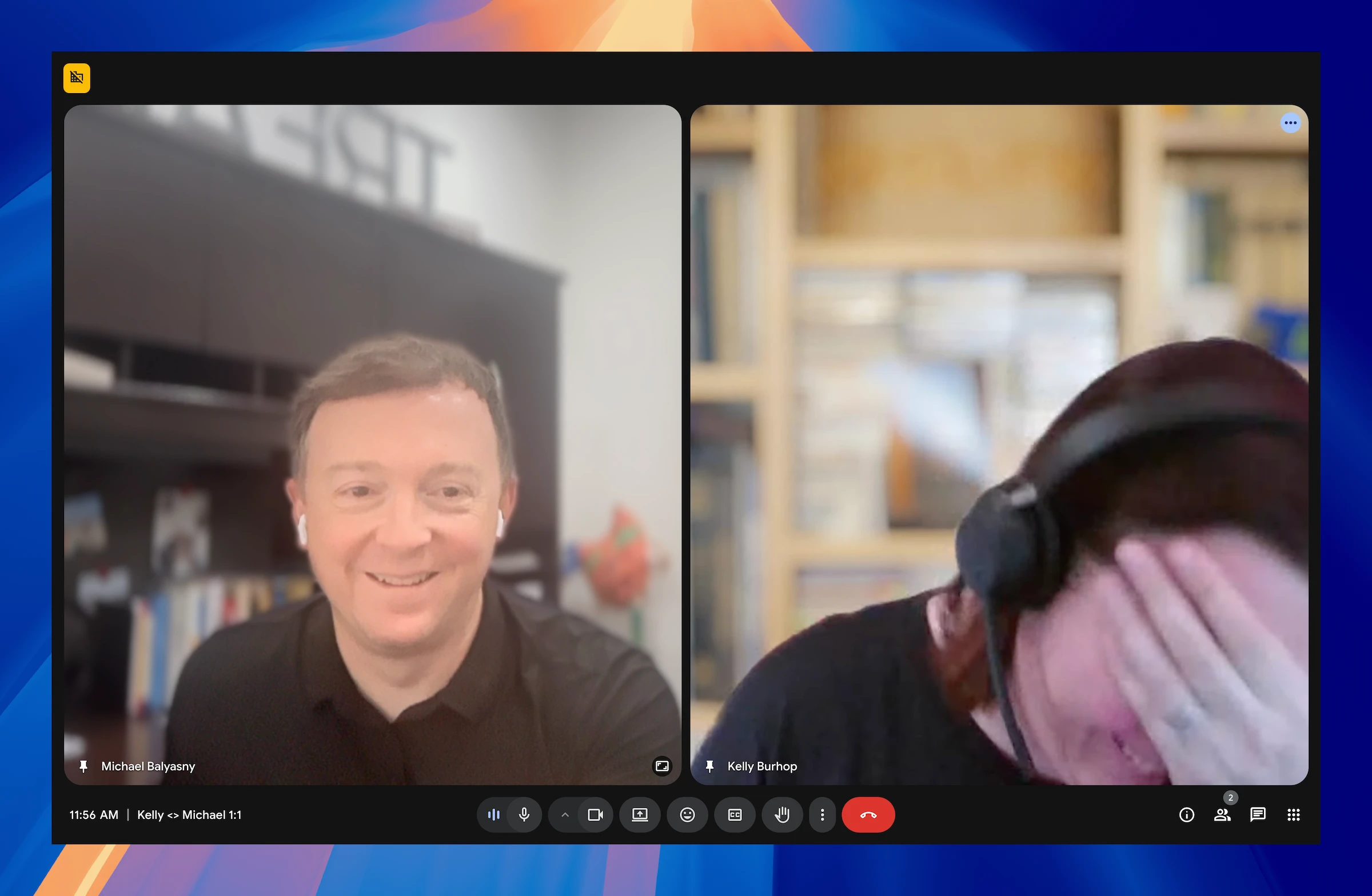Introduction
I usually avoid “Big Tech product X will change events” hot takes because they never do. Big tech companies don’t care about events, and in the battle for attention, they are almost always on the opposite side of the table from organizers.
But the leaked details of Meta’s Ray Ban Display smart glasses with a heads-up display (HUD) are too compelling to ignore. Unlike incremental feature rollouts, this is a form factor bet, and true form factor shifts are rare. Smartphones and AirPods count. Google Glass didn’t. If Meta can pull this off, it has the potential to reshape how we interact with information in the real world.
That is exactly why events need to think carefully. Form factor breakthroughs create new behaviors, and those behaviors may collide with what makes live gatherings valuable.
Presence: The Event Industry’s Strategic Advantage
Events are about presence. People come together for immersion in content, for serendipitous connections, and for the moments that only happen when everyone is fully engaged in the same space.
That is why another screen between attendees, whether a phone, laptop, or smart glasses, is not a neutral addition. If phones and laptops have clear physical boundaries that make it obvious when they are being used, glasses do not. That is a real problem, because humans are terrible at multitasking.
A HUD projecting notifications “off to the side” does not solve the problem. It makes it worse, creating an uncanny valley where you can never quite tell if you have someone’s full attention. That's why I picked that cover image of Marques Brownlee (MKBHD), who I'm a huge fan of. You can just tell that his attention isn't focused on what's in front of him, it's focused on the display in his glasses.
Research even shows that the presence of a silent phone on a table reduces trust and connection between people (Misra et al., 2014). Now imagine trying to build rapport with someone whose glasses conceal with information you cannot see. Every stumble, every glance away, shifts the dynamic.
The Rarity of Form Factor Opportunities
To be clear, the underlying tech here is remarkable. Form factor opportunities do not come along often. When they work, smartphones or wireless earbuds, they reshape not just consumer behavior, but entire industries.
That is why it is tempting to dream up event use cases like live translations, networking matches, or session reminders. As one industry leader noted in response to my LinkedIn post, event tech has often evolved this way. New devices are first seen as distractions, then reimagined as tools.
But smart glasses are different. With phones, you can put them away and re-enter the room fully present. With glasses, even when “helpful,” the interface sits directly between people. The barrier is continuous.
Meta’s Real Business Model: Attention, Not Presence
Meta will position these glasses as tools that make you more present in the real world, freeing your hands, letting you look up, not down.
But Meta is not in the presence business. Meta is in the advertising business. Its incentive is not to reduce screen time, but to capture more of your waking hours. A wearable HUD is not about liberating attention, it is about harvesting it more efficiently. And given how much of your attention Meta already has across its apps, a HUD is the logical next step. Another surface for ads, another stream of inventory.
For events, that is a dangerous trade-off. The moment attendees’ attention is rerouted to prompts, to ads, or to invisible notifications, the shared experience starts to fragment.
Protecting What Makes Events Work
None of this means that smart glasses will not have great event use cases, they will. But if Meta’s bet works, the form factor will reshape many parts of our lives, and organizers should think twice before embracing it.
The future of events is not about adding yet another screen into the mix. It is about minimizing time on screens and maximizing the precious, scarce opportunities to be together.
We are together less and less these days. That is why, at Highbar, we think about AI as the opposite kind of tool. Not one that demands more of your attention, but one that gives it back by helping you get in and out of your device faster.
Whatever the future holds, it will be fascinating.
Check out the launch event highlight reel...





